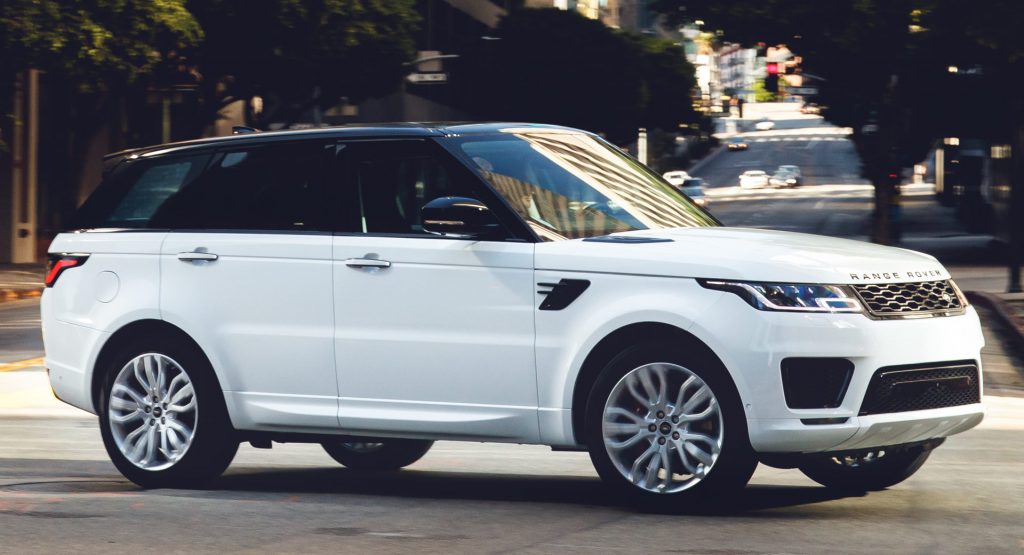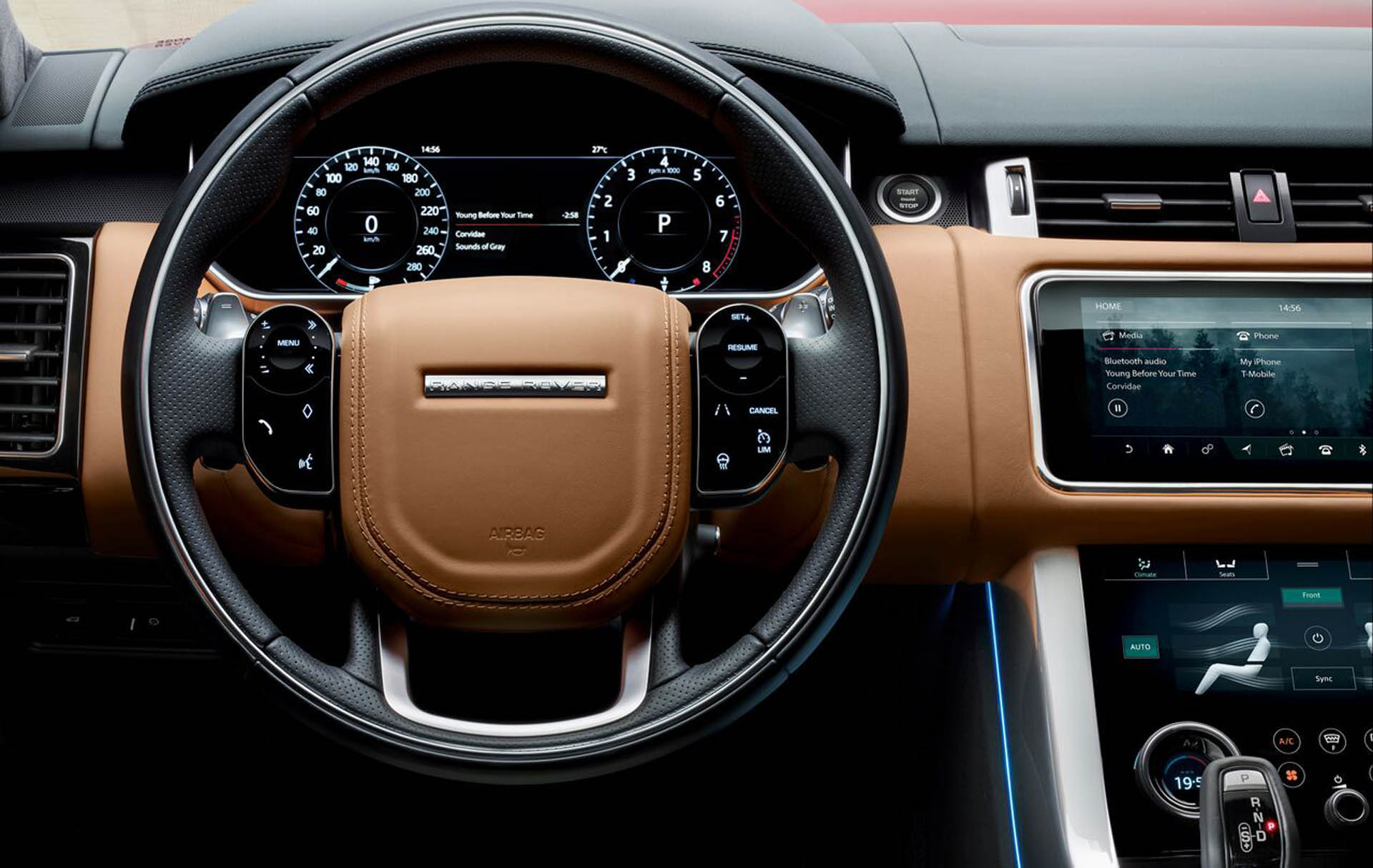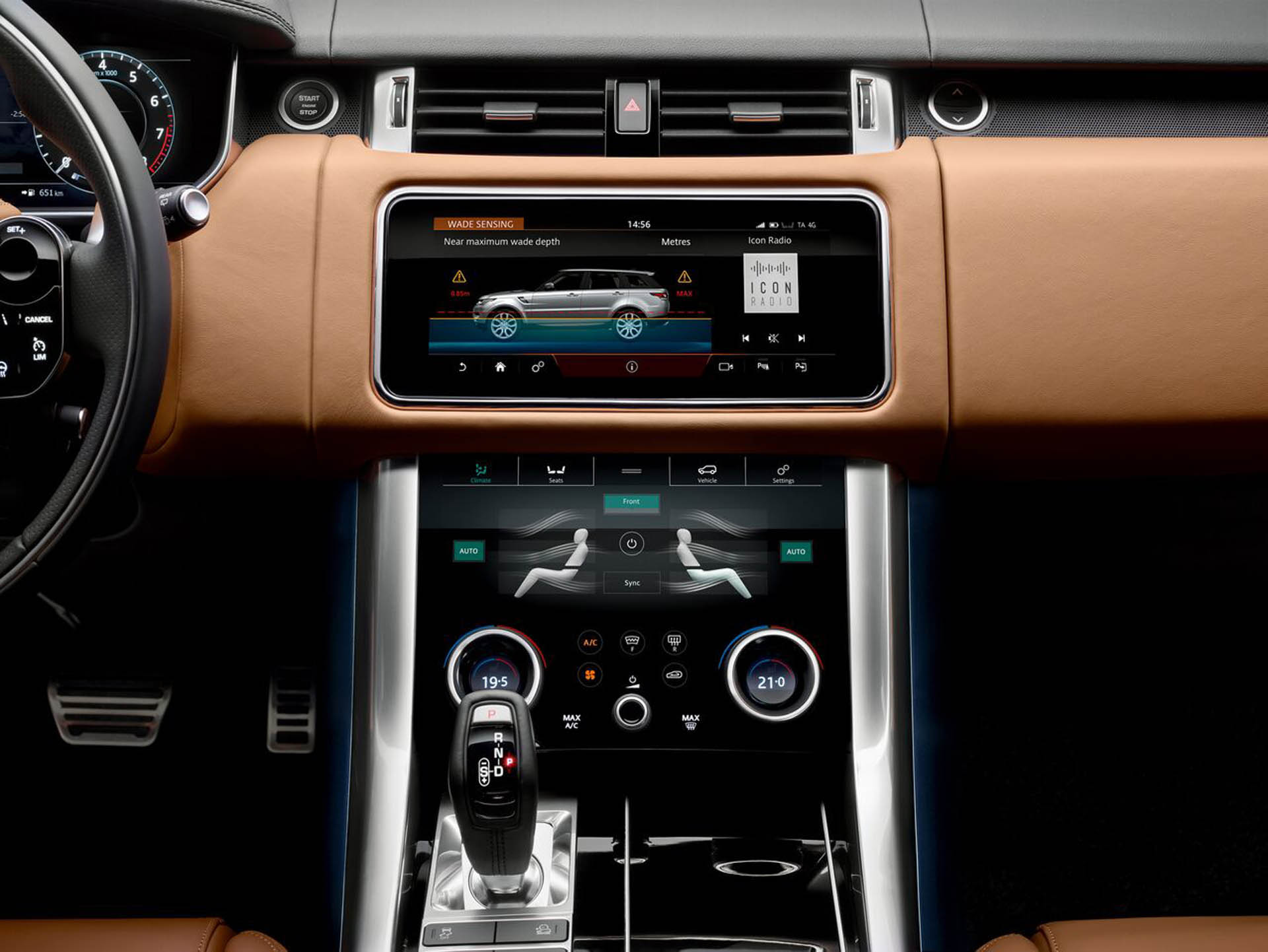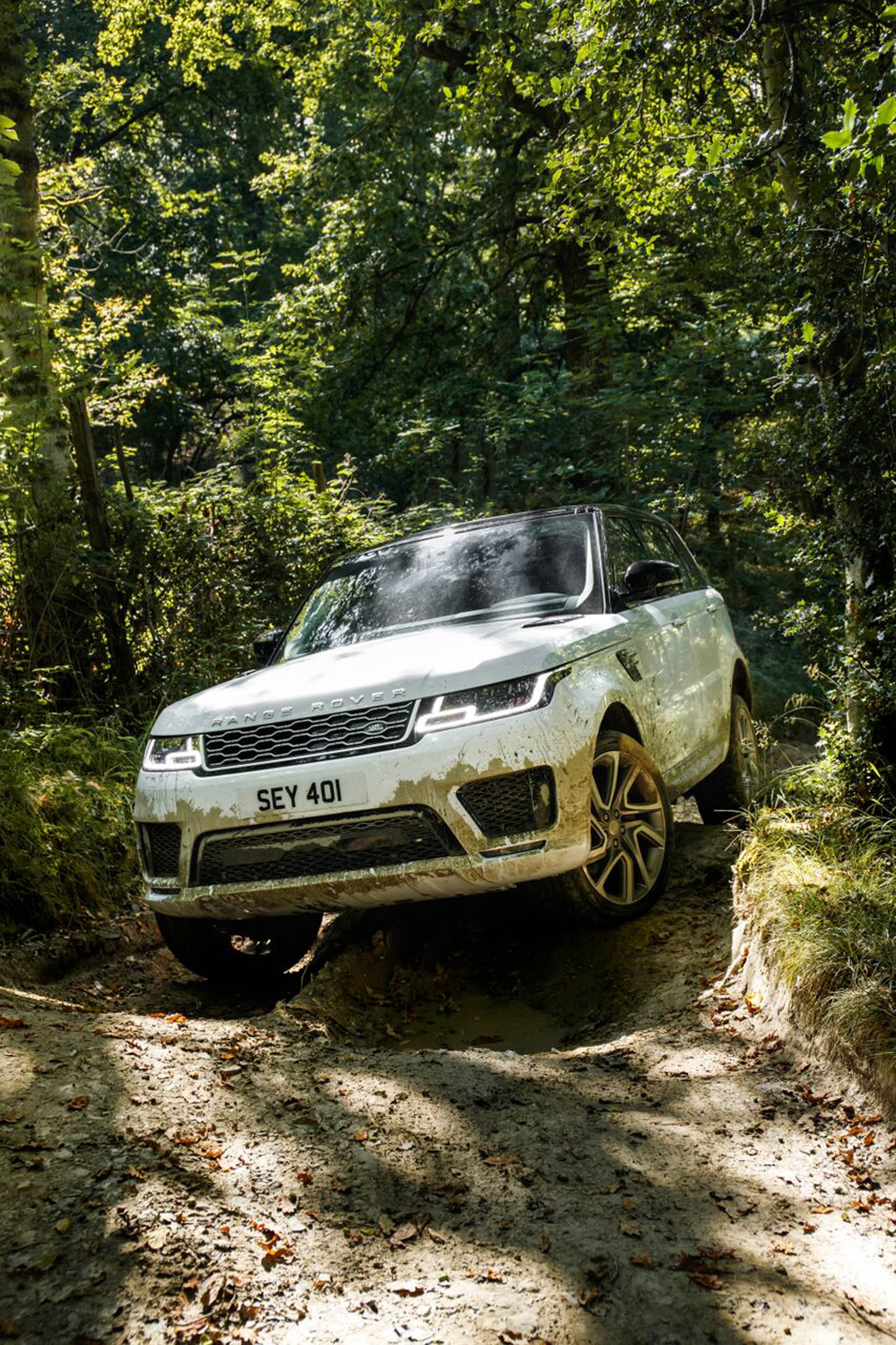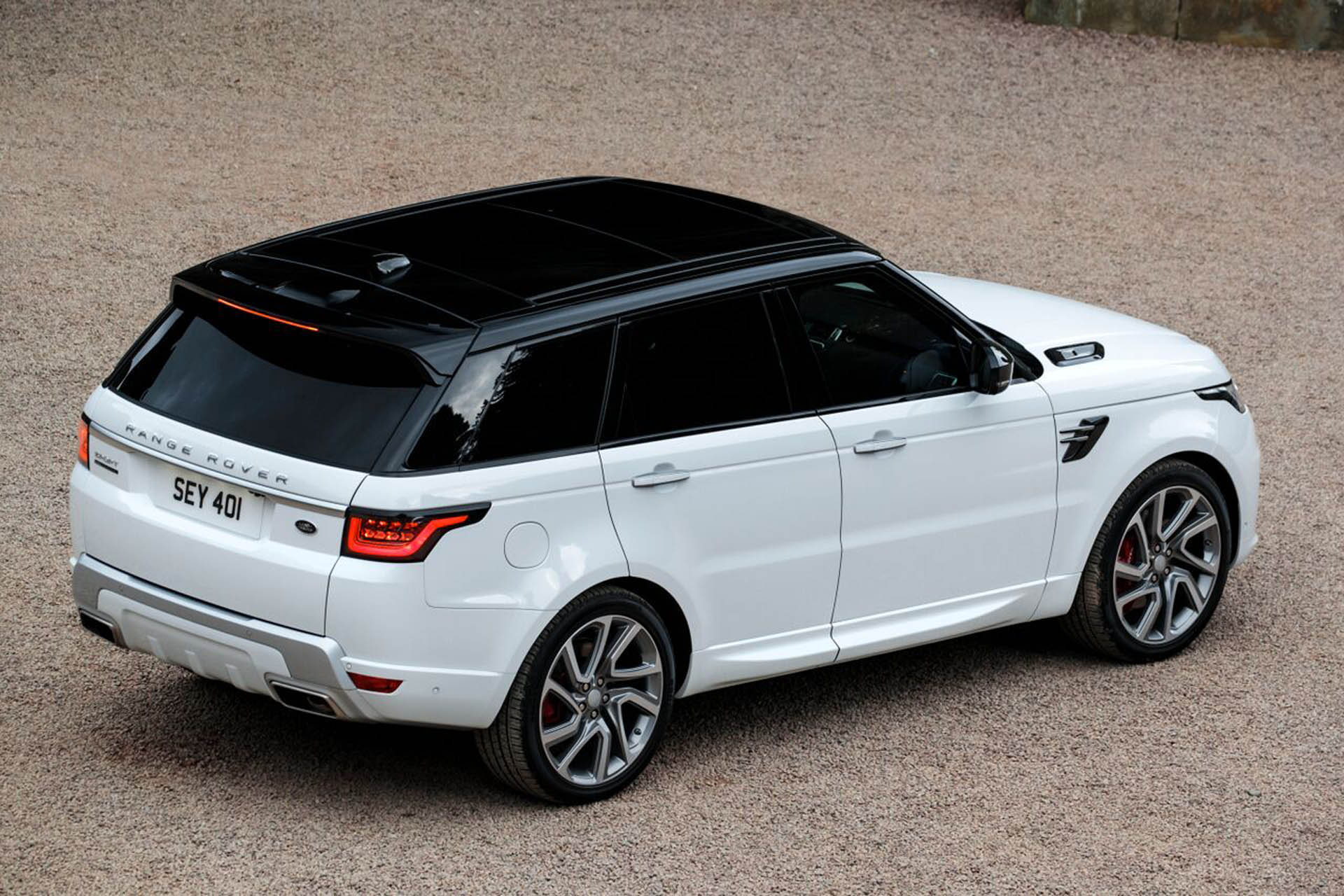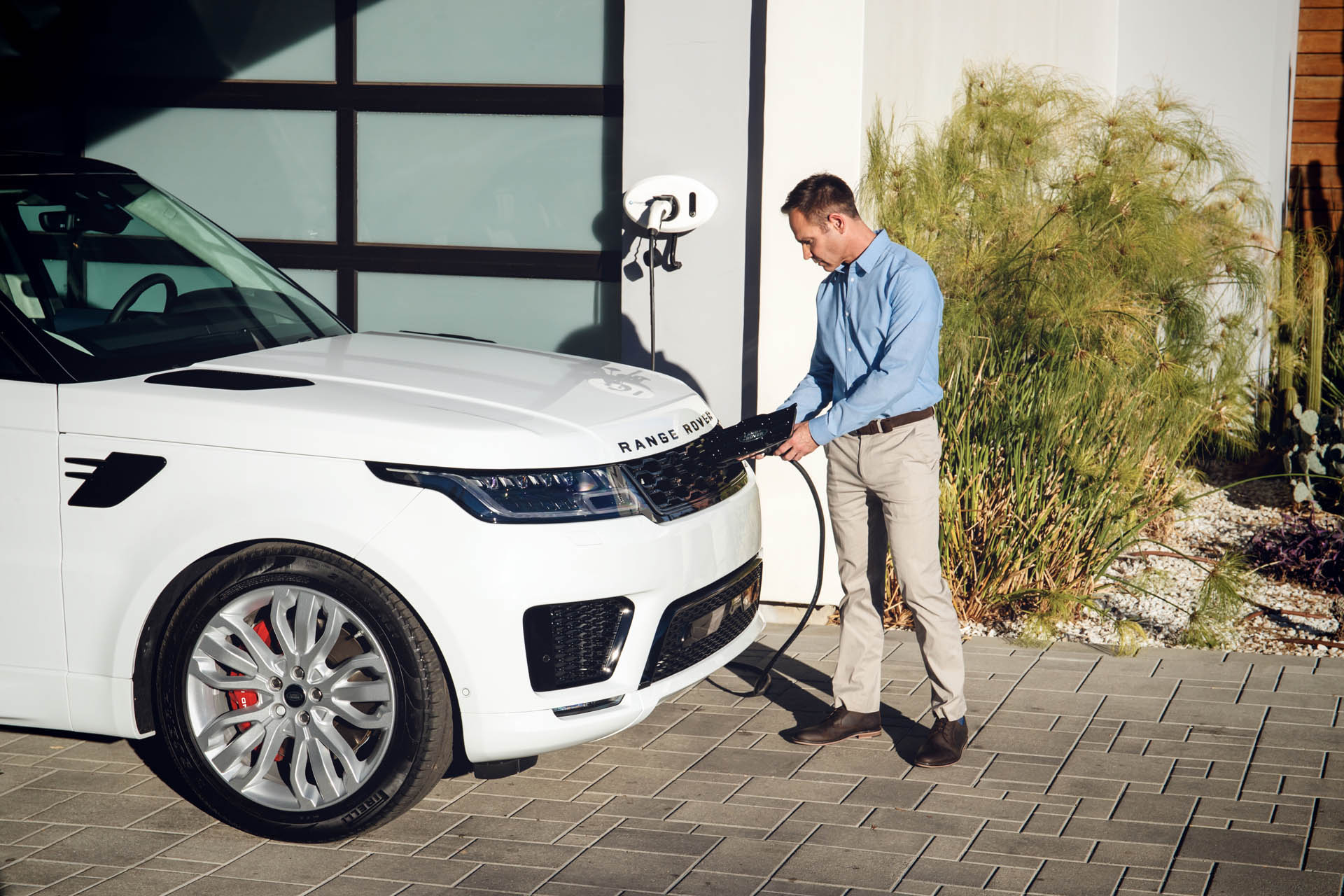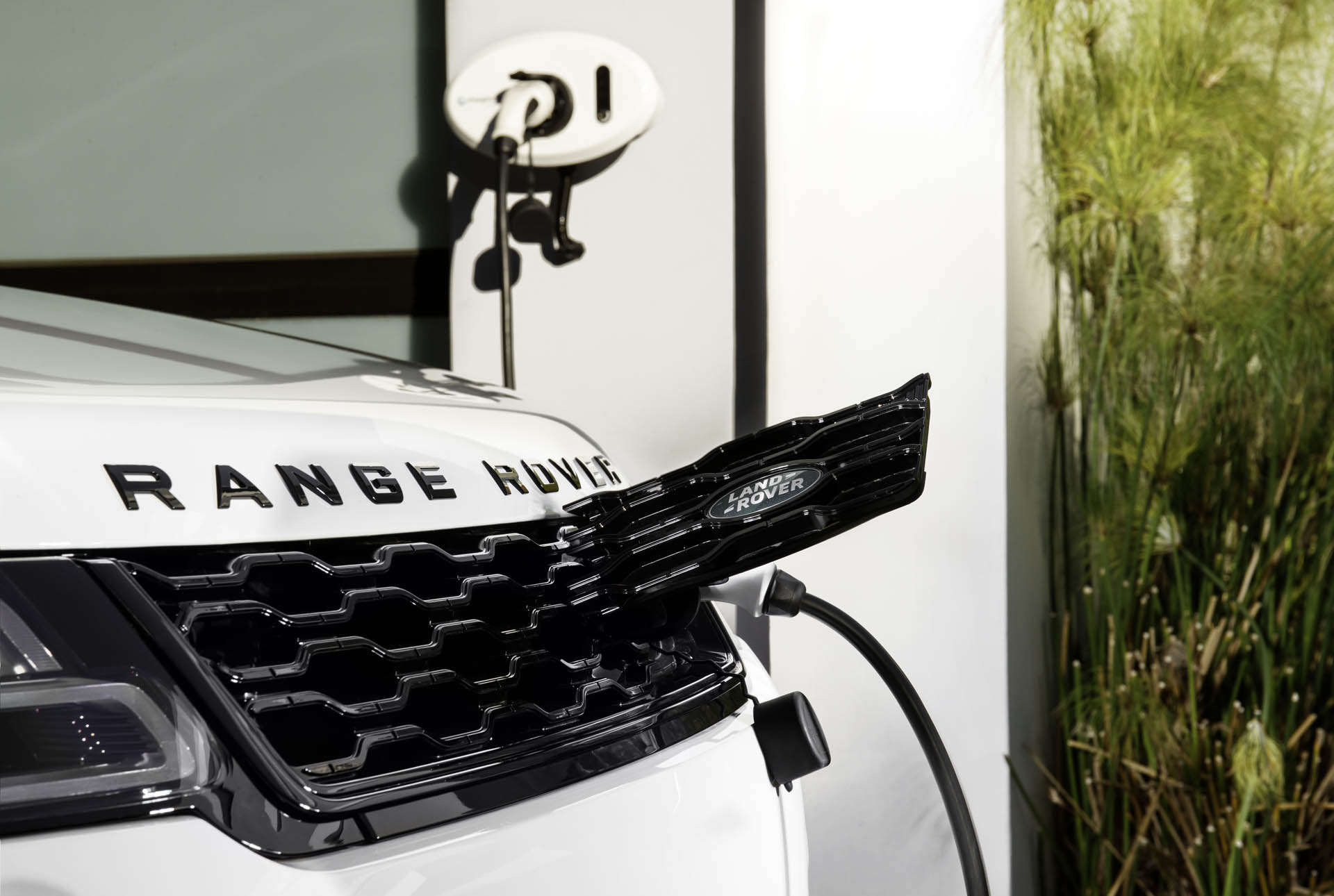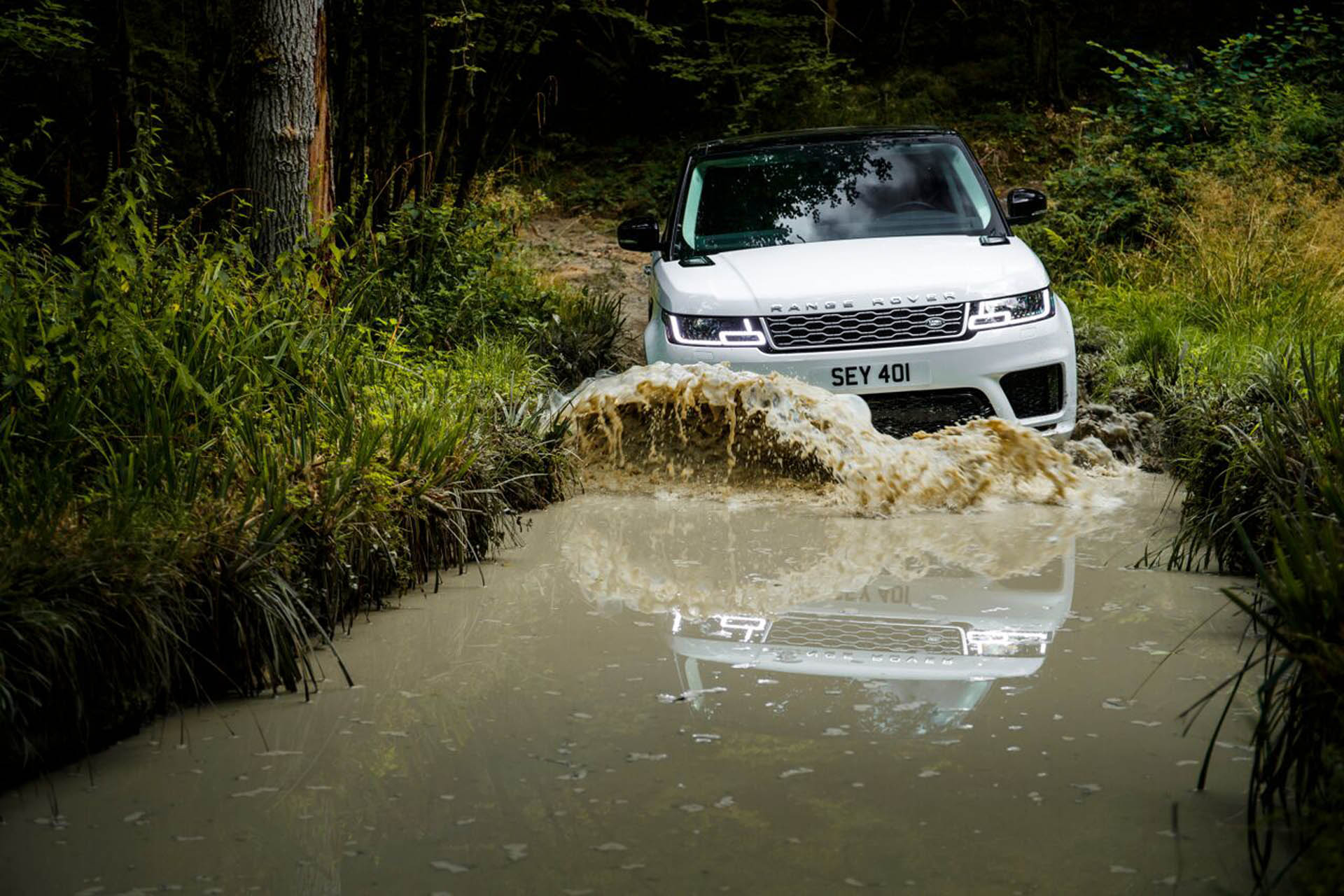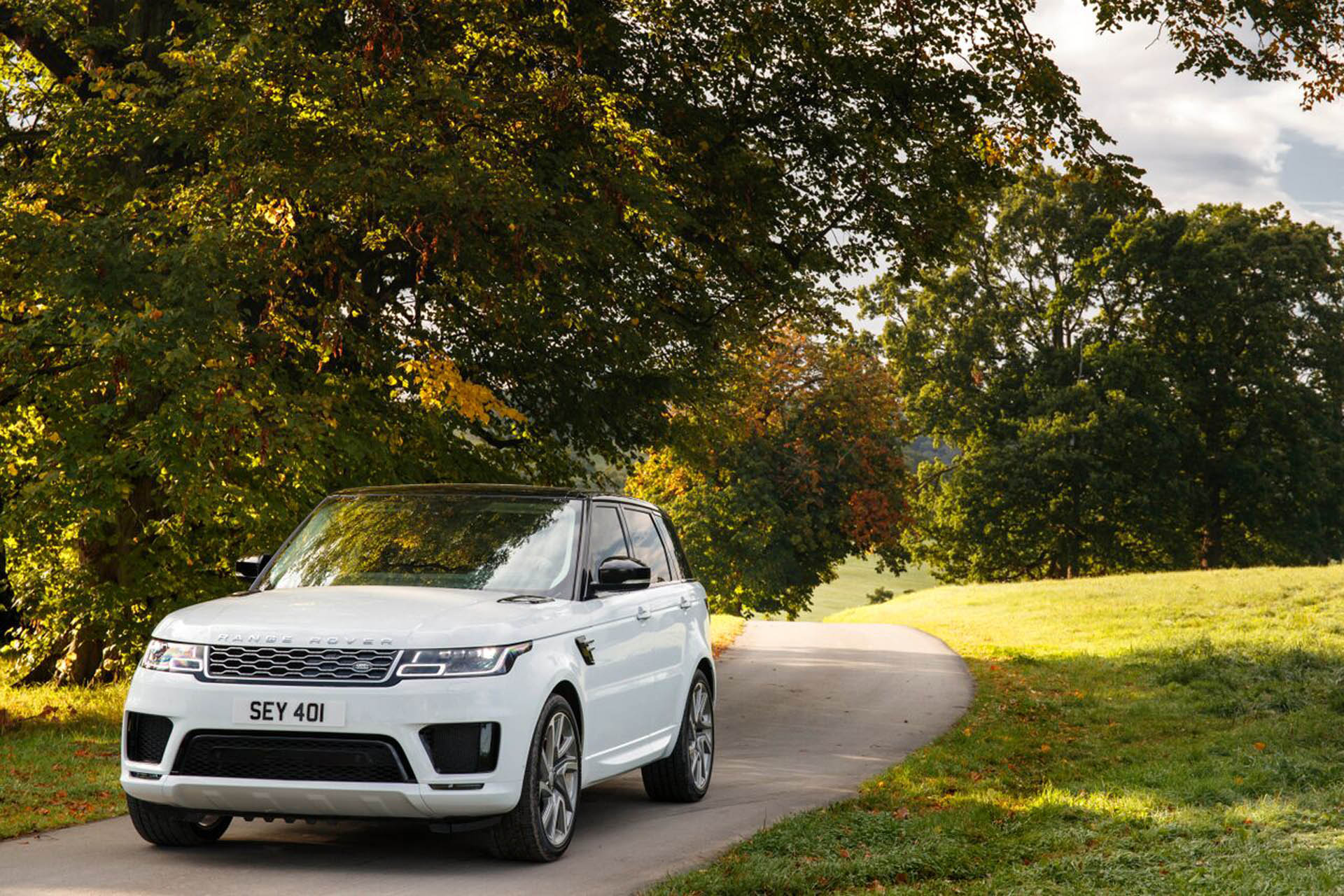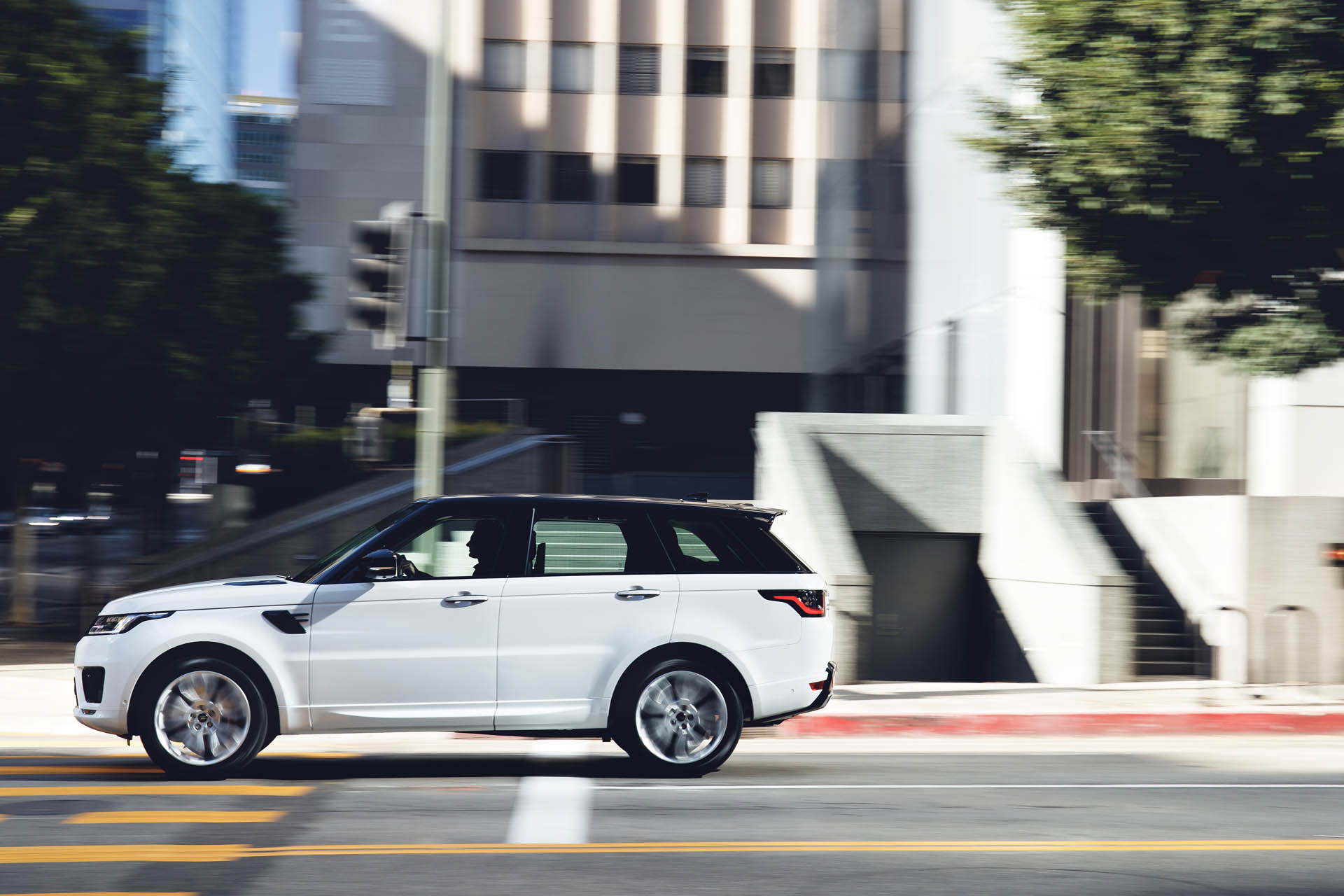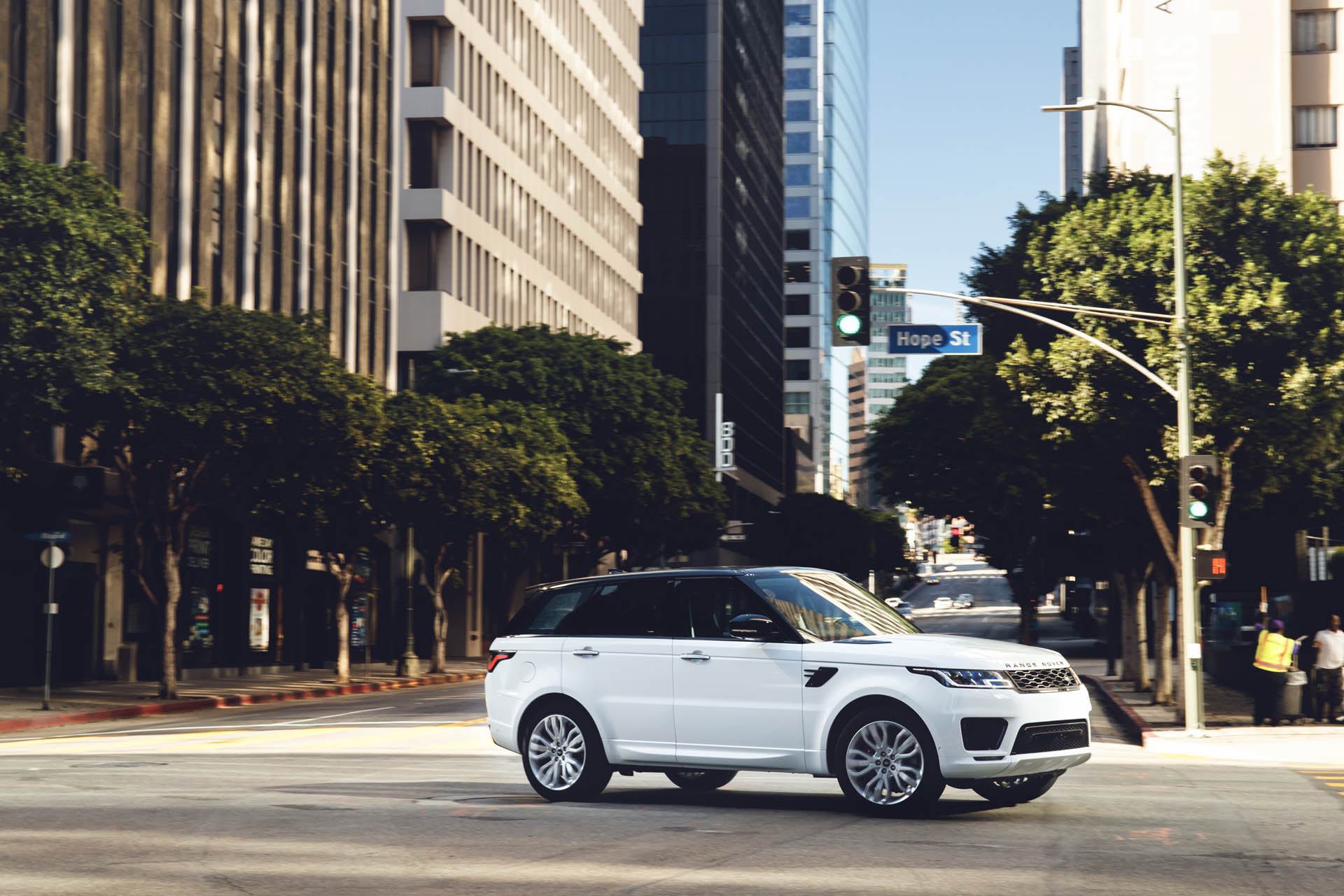It’s been four years now since Land Rover rolled out the current, second-generation Range Rover Sport, and in that time, the market for mid-size luxury SUVs has grown considerably. So now, JLR is keeping its entry up to date by rolling out a series of upgrades.
First and foremost among them is the launch of a new diesel engine option (for European markets at least). In place of the 2.0-liter diesel four is a larger 3.0-liter twin-turbo V6 that’s both more powerful and meets new emissions standards.
With 249 metric horsepower (183 kW), it’s 9 PS more powerful and 100 Nm (74 lb-ft) torquier than the existing option, cutting 0.8 seconds off the 0-60 time, now down to 7.6 seconds (or 7.9 to 100 km/h).
Along with the new engine option, the Range Rover Sport gets a new Adaptive Cruise Control system with Steering Assist that keeps the vehicle in its lane by following the markers in the road and the vehicle in front. High-speed emergency braking is also available, as is a Predictive Energy Optimization system that (for the first time in China) maps out the most efficient route on the navigation system.
Otherwise, this is essentially the same car that we already knew from before. Meanwhile, we’ve yet to see an announcement for the US market, where a slightly more powerful version of the diesel six is already offered, alongside the gasoline-powered V6 and V8s.
The Range Rover Sport is Jaguar Land Rover top-selling model in the United States. Last year, JLR sold 19,153 Range Rover Sports here, out of a total of 74,739 vehicles for Land Rover, and 114,333 for both brands combined. The Land Rover Discovery Sport is the group’s most popular model on a global basis (ahead of the Evoque and Range Rover Sport), accounting for 126,078 out of the 442,508 vehicles sold around the world last year.



